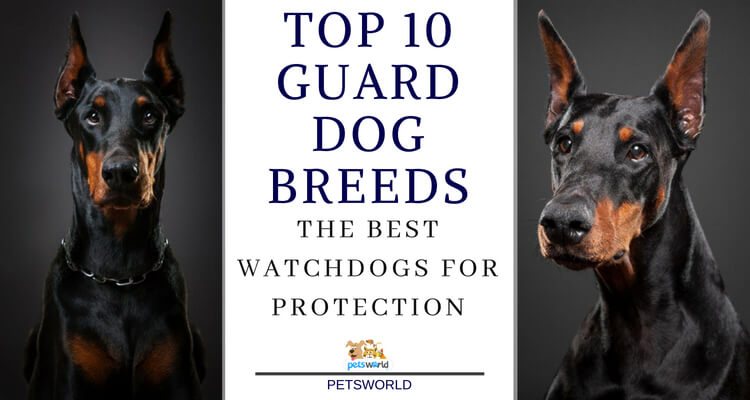
Call us Now ![]() +91-8744012053
+91-8744012053
Mon - Sat ~ 10:00 AM - 6:00 PM
Follow & Like
.png)


Call us Now ![]() +91-8744012053
+91-8744012053
Mon - Sat ~ 10:00 AM - 6:00 PM
Follow & Like
.png)



There is so much information around about dogs available but not all of it is true or verifiable. Pet parents need to be cautious when confronted with such info and prevent themselves from blindly applying or believing all of that which is presented as facts about dogs. Paying too much attention to hearsay can spoil your relationship with your pet and also come in way of training it.
Here we are to help you bust some common false beliefs (or Myths) about our furry buddies and help you determine facts from fiction:
Absolutely untrue! Those who wish to adopt or have already adopted a middle-aged or senior rescue dog need not fret over this myth. Older dogs can excel at learning new tricks and also be properly house-trained. Physical strength may not be on their side, however the calmness that comes with seniority in a pooch will help a trainer/parent greatly in carrying out a training session. It has also been seen that older dogs have better concentration and can focus for a longer time than a puppy.
No way! This idea will never help you or your pet dog. In fact, it will make the process of house training it more difficult. Such a punishment will only make the canine fear its owner. Putting its nose in its waste matter will in no way communicate to the dog that something wrong was done by it. It will confuse the pooch and make it look for other not-so-visible locations inside the house to urinate/defecate.
False! If you’ve adopted a dog from the shelter and don’t like its name, changing it will not have any undesirable effect on the pooch. According to animal writer Amber King, dogs don’t treat their names in the same way as humans do. For a canine, its name is just a signal/cue that its owner is conversing with it. Changing the dog’s name can be a good idea as in some cases its old name might be an unpleasant reminder of its past, maybe perhaps the pup’s previous owner used to scream at it calling its name.
Nope! This is just one of the reasons. They can eat grass to compensate for a nutrient deficiency. For some dogs this habit could amount to a fun pass-time capable of releasing the chemical dopamine in the brain. They could be indulging in grass because they find it tasty.
False! No dog breed is totally hypoallergenic. Hypoallergenic means unlikely to cause an allergic reaction in humans. There are dogs that do not shed too much hair because of their coat type or are characterized by an absence of fur. When compared to other breeds, such dogs may produce less allergens, a substance that leads to an allergic reaction. However, those suffering from severe asthma or other allergies will get affected by such a pet. According to veterinarian Dr. Kathryn Primm, allergens are proteins found in an animal’s saliva, urine and dead skin cells. Skin, urine and saliva are elements found in each and every animal. Therefore there is no completely hypoallergenic pet.
Not true! There is nothing wrong if your dog wants to lie/cozy up beside you while you watch television or read a novel. This behavior does not amount to any issue. Allowing your pet on the furniture will not make it feel that it is in charge of things around. However a dog that snarls or snaps at its owner trying to sit down beside it on the couch should be removed from the spot immediately. The idea is to not reinforce a negative behavior.
Not all the time! If you notice your pooch’s nose to be warm or dry, it doesn’t always mean an illness. According to Dr. Kathryn Primm, there are several factors that regulate the temperature and wetness of a dog’s nose. The temperature of a dog’s body and its surrounding environment along with the ambient humidity are the elements that determine the moistness and temperature of the pooch’s nose. Pet dogs spend most of their time indoors restricted to a controlled environment, where the temperature, air quality and humidity remain constant. This affects the dryness/wetness and coolness/warmness of a dog’s nose.